Top 5 Recreational Activities to Combat Stress and Prevent Back Pain
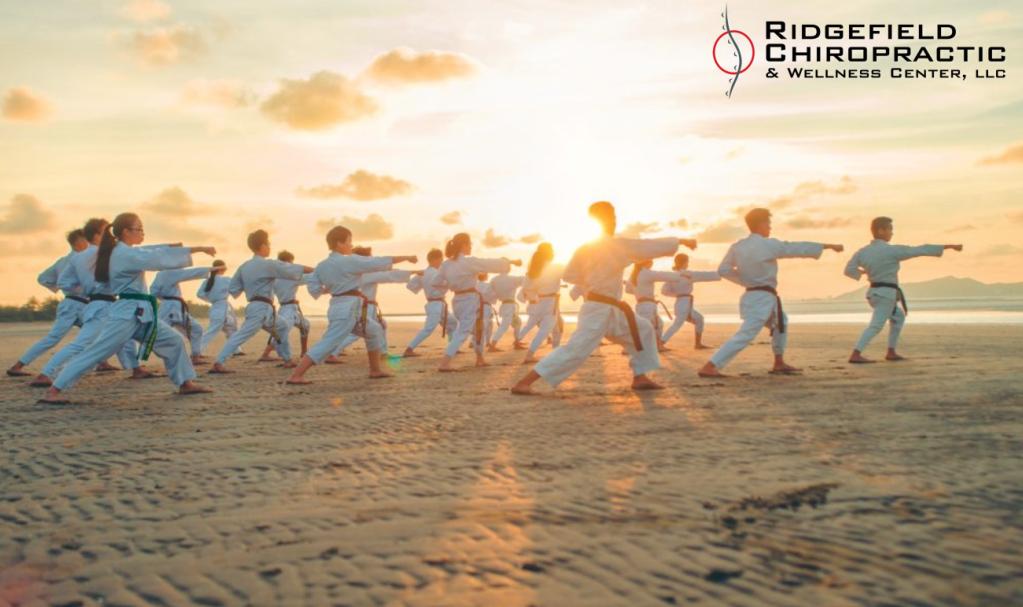
Today, back pain is one of the most common disorders to affect adults. In fact, about 80% of the U.S. population will experience back pain at some point in their lives. That’s a startling statistic, and it gets even worse when you consider that back pain can affect people of all ages, creeds, and demographics […]
5 Ways Chiropractic Can Help Cyclists
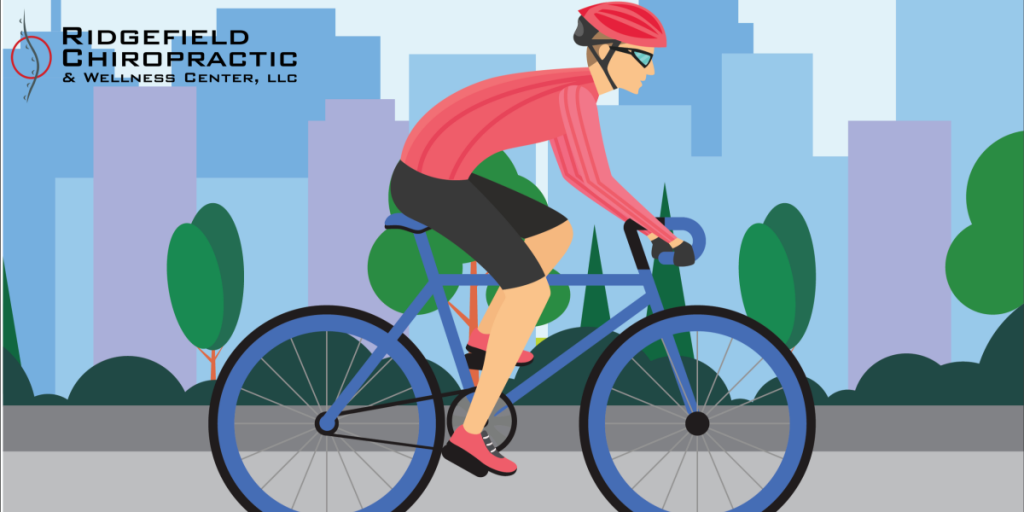
There are dozens of reasons you love cycling: the wind in your hair, the ground beneath you, the sights and sounds and the healthy activity, jfew. No matter how you cut it, though, cycling comes with some inevitable physical aches and pains thuat can be tough to navigate around. Fortunately, chiropractic care can help. Here […]
Chiropractor Help for Child’s Bicycle Injury – Ridgefieldchiropractic
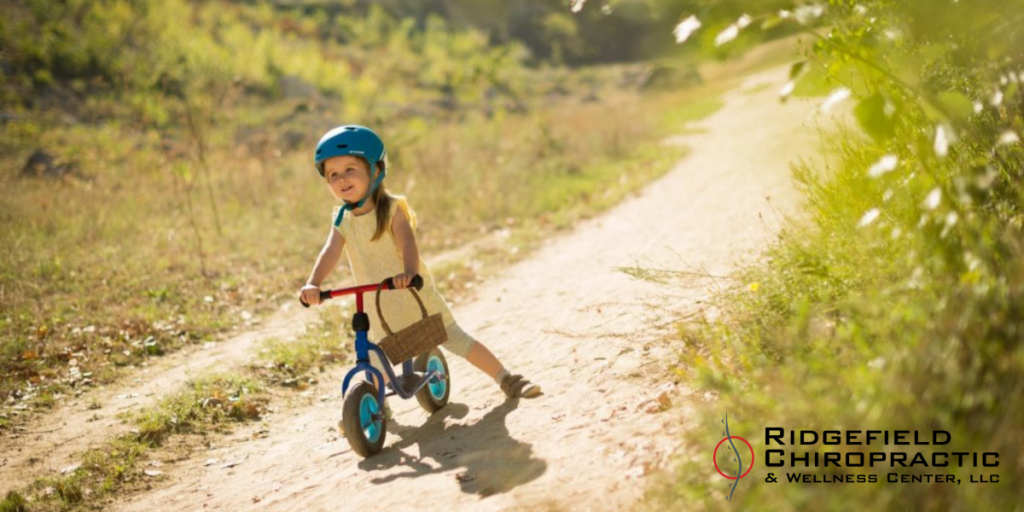
When it comes to chiropractic care, there are some significant differences in how a doctor will treat a child, versus how they’d handle an adult. This makes sense, given that there are some substantial differences between a child’s body and an adult’s body, and they both need different things. Despite that truth, virtually all patients […]
8 Ways to Improve Your Golf Swing This Spring
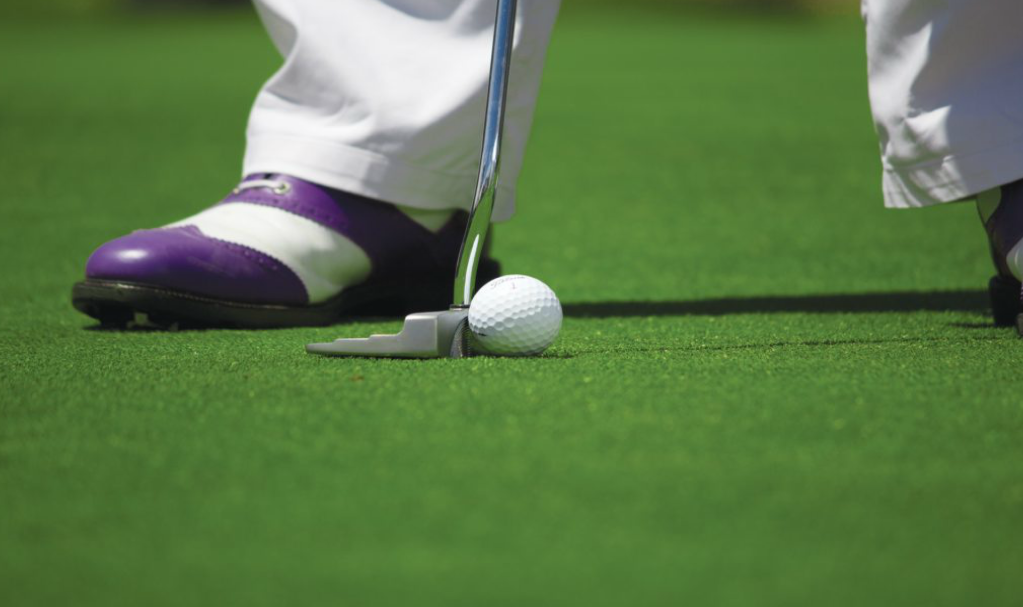
The golf swing: it’s the technique that has launched 10,000 ships, so to speak. Agonized over, practiced, and attempted time and time again, it’s one of the essential considerations in the entire game of golf. With all those things in mind, it makes perfect sense that people are always, always trying to improve theirs. If […]
6 Ways to Manage Golfers Elbow
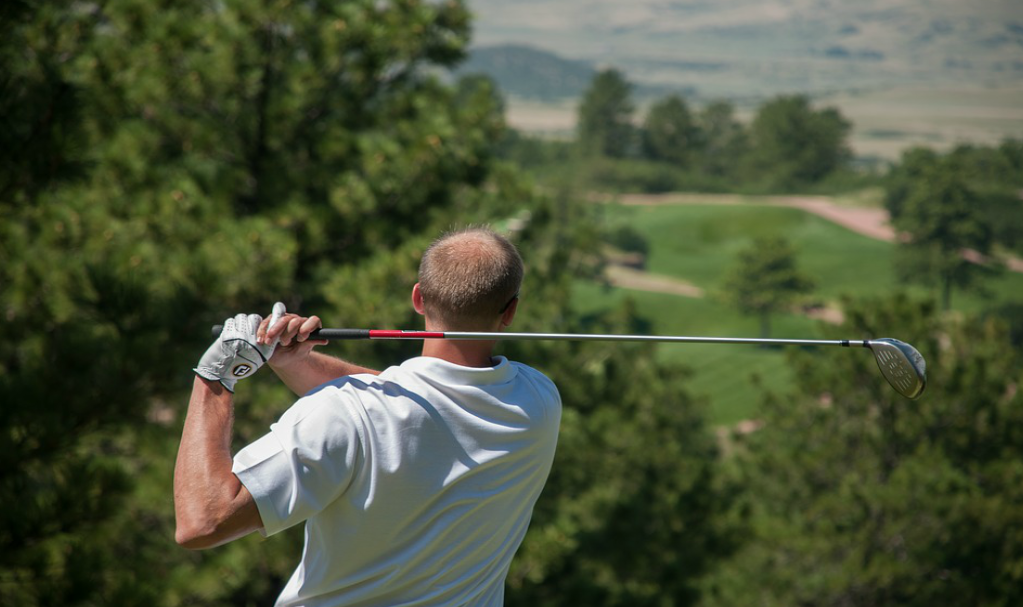
If you’ve ever experienced manage golfers elbow, you know exactly how uncomfortable and inconvenient it can be, and you’ve probably looked for a way to solve it. Fortunately, you’re not alone in this, and there are ways to manage your golfer’s elbow so it doesn’t manage you. Here are six fast tips:
